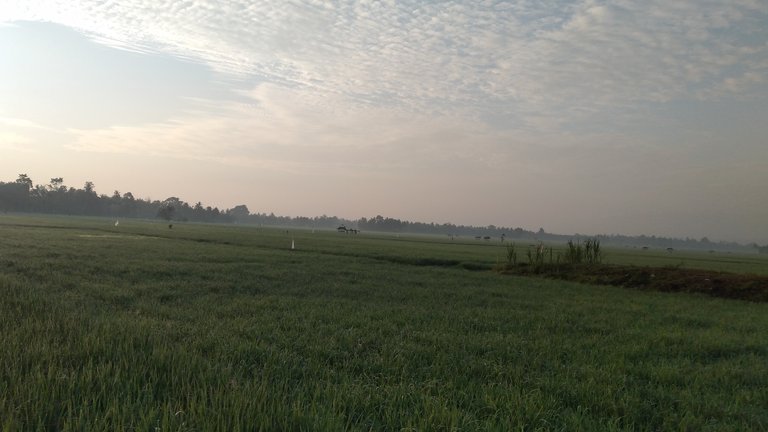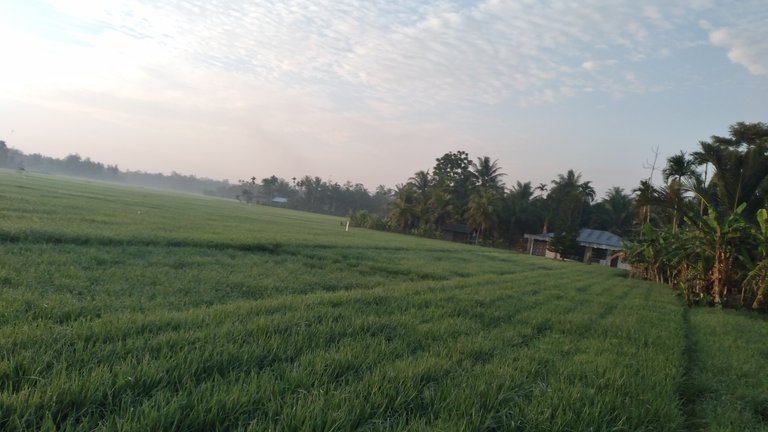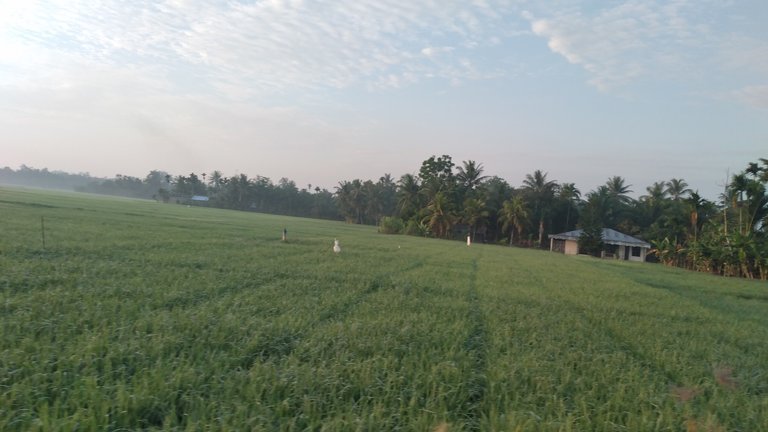
Before rice plants are planted in rice fields, good and optimal soil processing is required to obtain satisfactory results. Rice farming has an important role in providing food needs for the community. In order to maximize agricultural yields, cultivating rice fields is a key step that must be taken seriously. In this article, we will discuss in depth the proper cultivation of rice fields and strategies for increasing agricultural productivity. 1. Understanding Rice Fields Before starting the process of cultivating the land, farmers must understand the type of rice field land they have. Rice field soil generally consists of three main layers: top soil, middle soil, and base soil. Knowing the composition of the soil is important to determine the type of plant that is suitable and the nutritional requirements required. Physical Land Management a. Plowing Plowing is the first step in cultivating the land. This helps loosen the soil, increases air circulation, and improves drainage. Plowing should be done after harvest to prepare the soil for the next planting season. b. Loosening the Soil Using green manure or compost can increase the organic content of the soil. Green manures such as legumes or grass can be planted and then integrated into the soil to increase fertility. c. Soil Leveling Soil leveling is very important to distribute water evenly and prevent waterlogging. Using land leveling tools such as a soil rake or other leveling tools can help create a level ground surface. 3. Water Management a. Irrigation Lines Make sure the irrigation system is functioning properly. Good irrigation channels can help channel water efficiently throughout rice fields. Cleaning the channels regularly is also necessary to prevent blockages. b. Groundwater Control To avoid problems with excess water or drought, farmers can install water control systems such as sluice gates or infiltration wells. This will help maintain water balance in the soil. 4. Selecting the Right Plant Varieties Choosing plant varieties that suit local soil and climate conditions can increase crop yields. Some plant varieties are more resistant to disease and extreme weather, which can provide stability in production. Crop Rotation The practice of crop rotation helps reduce the risk of pest and disease attacks and improves soil fertility. Alternating between food crops and soil enriching crops is an effective strategy. 6. Pest and Disease Management Pesticides and fungicides must be used wisely. It is better to adopt an integrated approach, including planting pest-repelling plants, to maintain ecosystem balance and reduce the use of chemicals. 7. Maintaining Soil Fertility Proper use of fertilizers and maintaining soil fertility levels is very important. Test the soil regularly to determine fertilizer needs and ensure that fertilizer is applied evenly. 8. Soil Conservation Practices Implementing soil conservation practices such as contour strip planting, terracing, and planting ground cover plants can help prevent soil erosion and maintain soil structure. 9. Monitoring and Evaluation Farmers should regularly monitor plant growth, check for signs of disease or pests, and evaluate crop yields. This information can help in adjusting farming practices to increase future yields.

Conclusion: Proper tillage of rice fields requires a deep understanding of soil conditions and plant needs. By implementing the practices mentioned above, farmers can increase the productivity of their rice fields, create sustainable agriculture, and support food security in society. With proper attention and care, fertile rice fields will become a valuable asset in achieving sustainable agricultural goals.
Source: https://wonoyoso.kec-kuwarasan.kebumenkab.go.id/index.php/web/article/4/733







